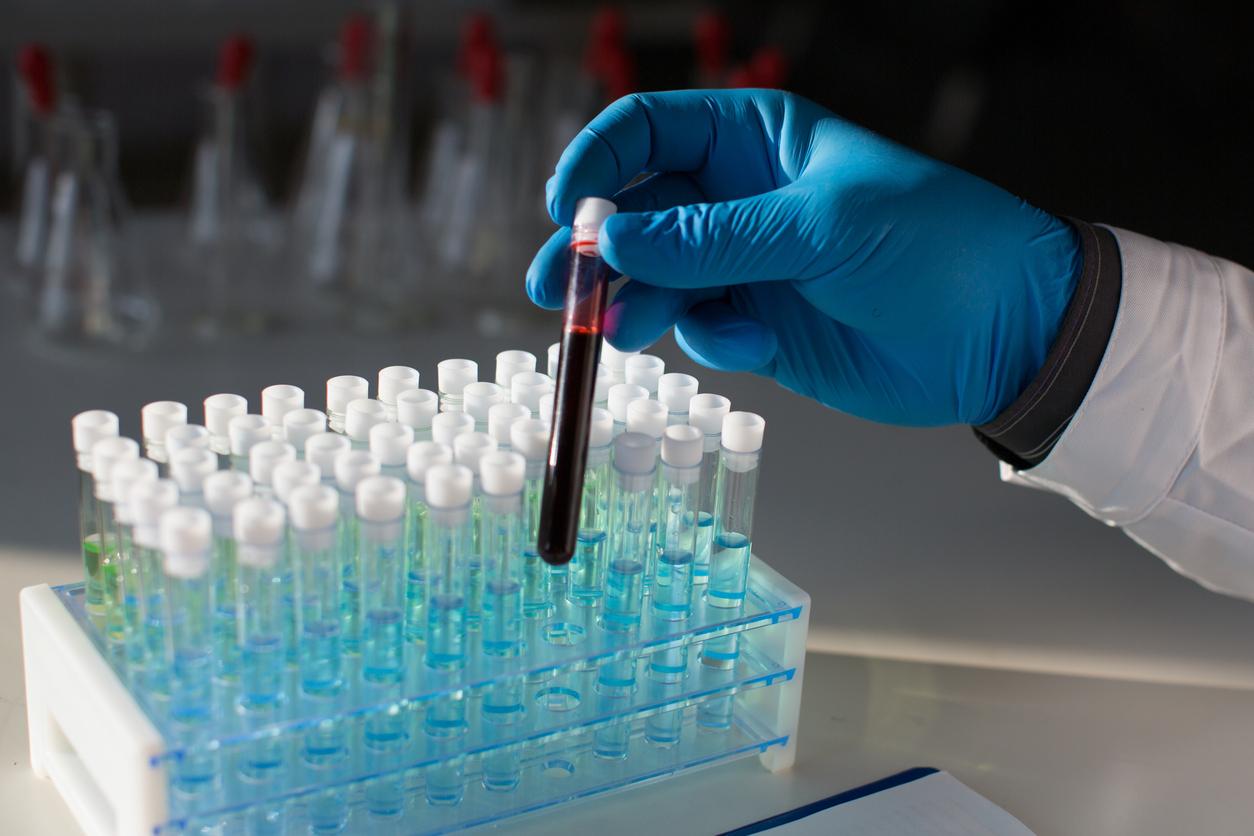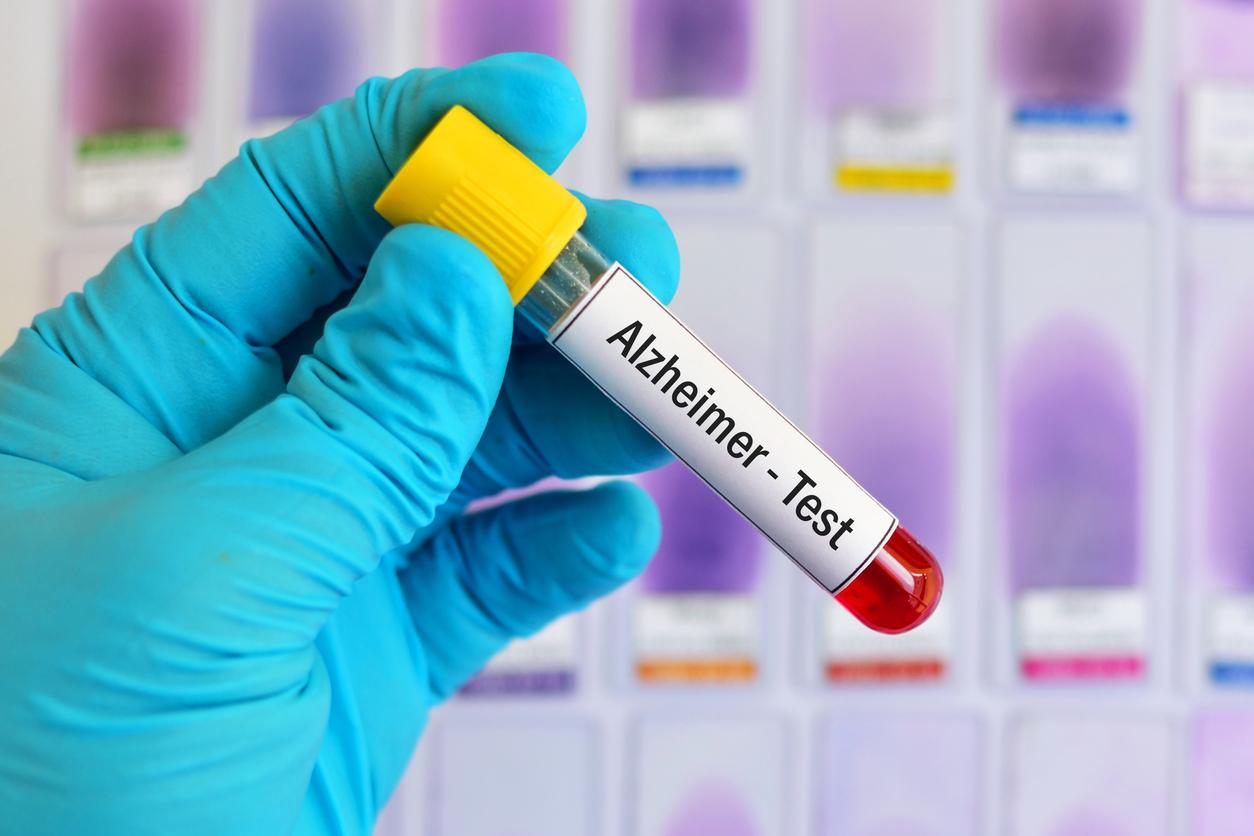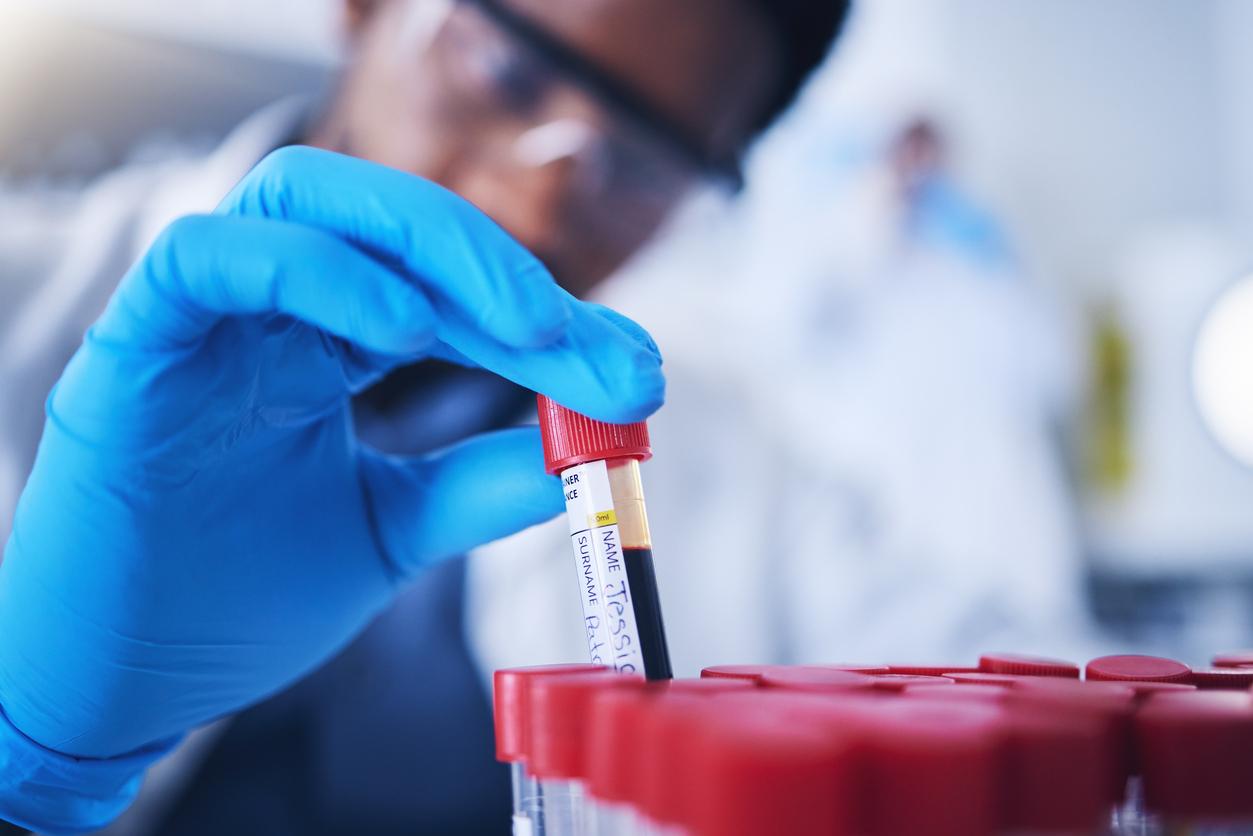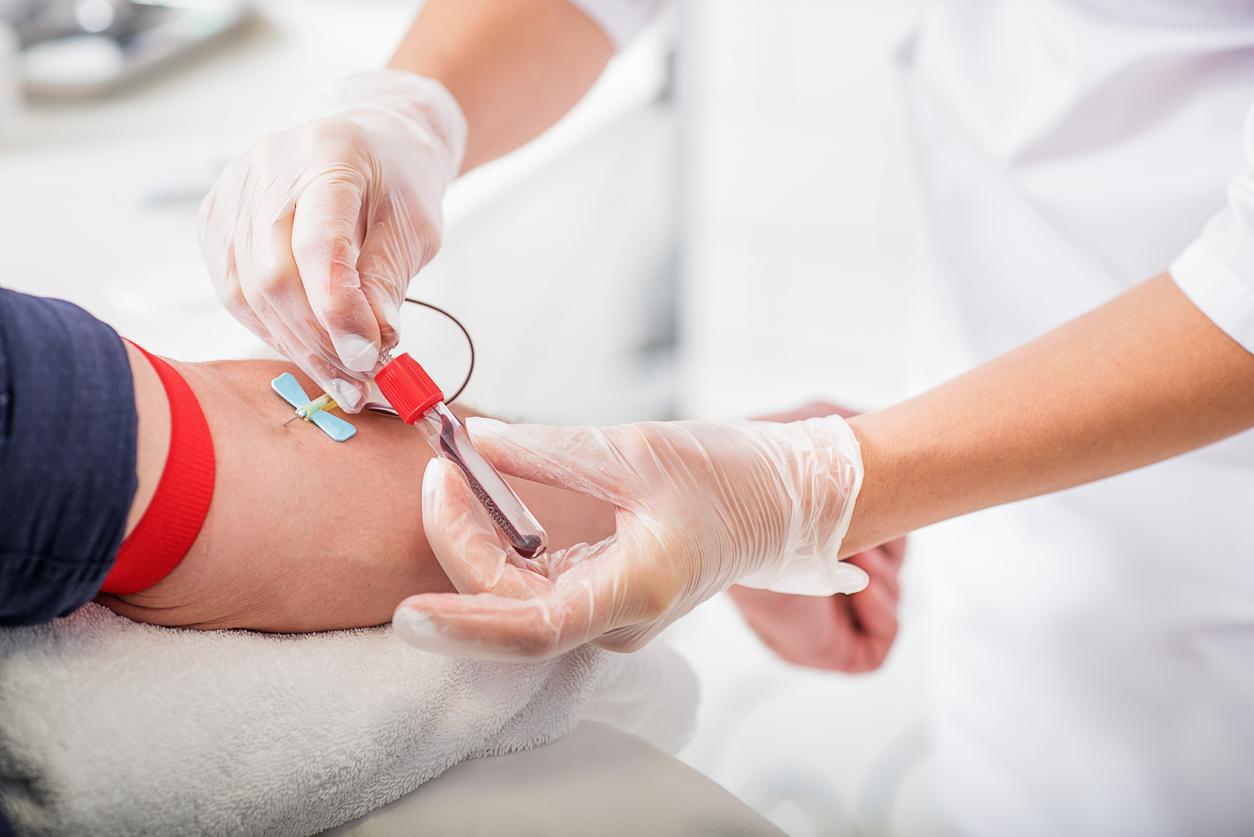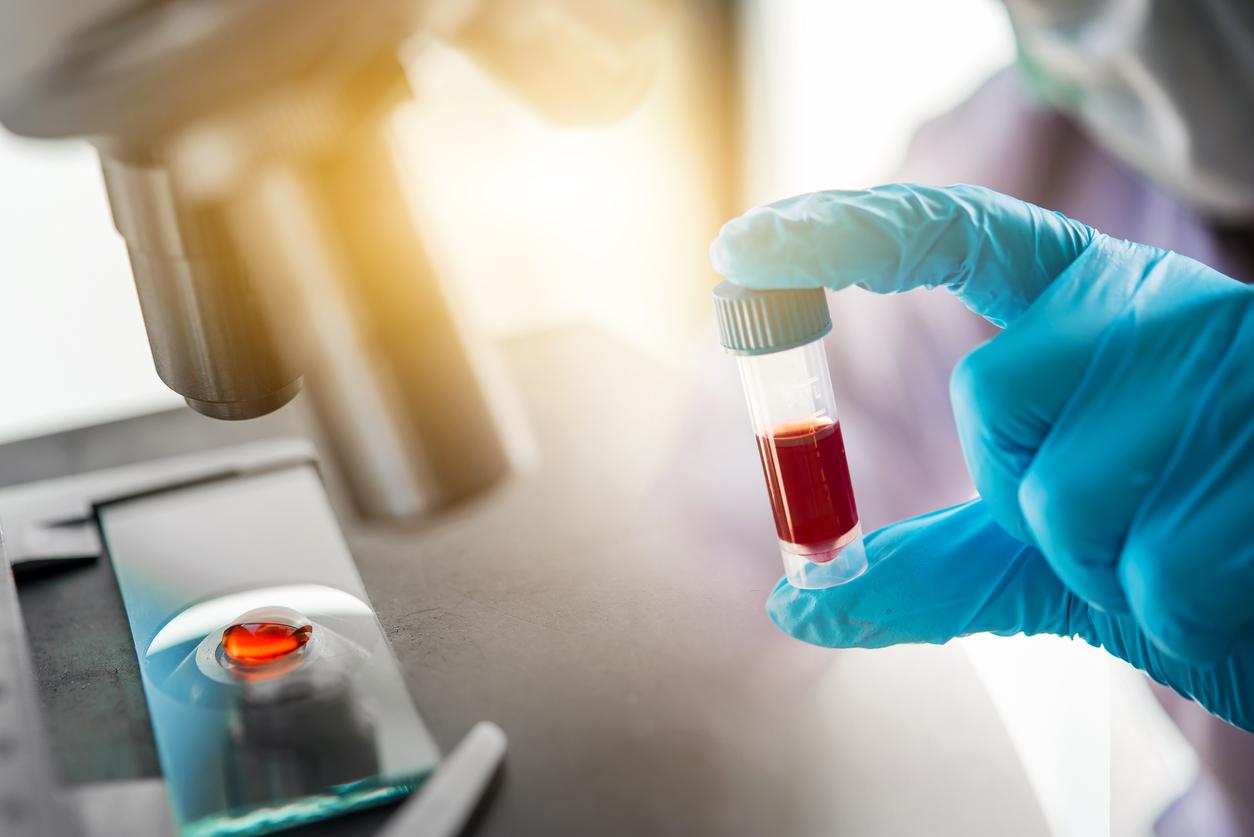The researchers hope to validate a blood test capable of detecting early abnormal changes in blood flow in the arteries of the heart during exercise. This is a test based on 5 metabolites.

Chest pain with no sign on the electrocardiogram (ECG) may correspond to an early stage of the infarction… or not: in the absence of an ECG sign, its exploration by coronary angiography cannot be systematic. In the near future, a simple blood test could indicate whether the arteries carrying blood to the heart are narrowed or clogged, which would help to better determine whether the patient should benefit from imaging of their arteries through catheterization.
In people who come to the ER with chest pain, those who have decreased blood flow in the coronary arteries on a stress test (on a treadmill) would also have a change in five metabolites circulating in their blood. . This appears in less than two hours. This is what emerges from a study of 40 people published in the journal PLOS ONE.
A study on the metabolome
Previous studies had suggested that the analysis of metabolites present in the blood could testify to a heart disease in relation to a reduction in the supply of blood to the heart by the obstructed coronary arteries. But researchers had yet to discover the specific “metabolomic signature” in the blood for this phenomenon.
In the study, which was performed at Duke University, scientists assessed the presence of more than 60 chemicals or compounds in the blood (metabolites) to identify the five specific metabolites that appeared to change in coronary patients. whose cardiac exercise stress tests were abnormal. All patients in the study had come to the emergency department with symptoms of coronary heart disease, such as chest, jaw and shoulder pain.
A simple test to guide explorations
The metabolome is made up of all the small molecules, the metabolites (sugars, amino acids, fatty acids, etc.) that can be found in a biological sample such as blood.
These promising results still require a larger study to confirm that acute changes during exercise in these 5 metabolites (fatty acids and amino acids), sources of energy for heart cells, could constitute an early biological indicator of alteration. blood flow in the coronary arteries. This would thus make it possible to determine whether patients really need imaging by “coronary angiography”, a more invasive test (raising a probe from the puncture of a peripheral artery), riskier and more expensive.
Improving the performance of a stress test to determine whether to use coronary artery imaging is one of the major challenges for cardiologists confronted with chest pain without an ECG signature. This test based on a simple blood test would be able to reveal precisely when the heart begins to suffer during a simple effort and would represent a major advance in better indicating coronary angiography.


.









